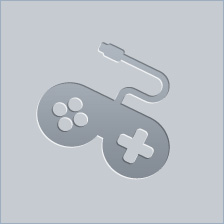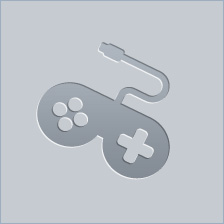Sparklite review

Sparklite's inspirations are very easy to parse. This friendly-looking, pixel-art action adventure combines the overhead, exploration-focused gameplay of throwback Legend of Zelda titles and throws in procedural generation and roguelite progression in the vein of something like Dead Cells. On paper, it sounds great, but Sparklite's interlocking components don't quite come together in a satisfying way, and it doesn't help that its mobile version feels a bit lacking.
Retro roguelite
In Sparklite, you play as an adventurer who is on a quest to stop an evil Baron from overmining the eponymous resource from the world of Geodia. Already, this villain's progress has corrupted the inhabitants of the planet, turning them into evil and dangerous monsters. With your trusty wrench and a few other gadgets in tow, your goal is to venture down to the planet to destroy every baron outpost you can find.
When you first start playing Sparklite, you might not feel prepared for this task. Enemies hit really hard and certain areas are seemingly completely inaccessible. This is where the game's roguelite mechanics kick in. On every run of the game, you collect small amounts of Sparklite, which you can use to buy new gear or upgrade facilities that will empower you on subsequent adventures. Runs end either when you manually decide to leave the surface or if you get defeated by enemies. Each time this happens, you are transported back above the planet's surface as Geodia activates its own natural defense mechanism of rearranging its surface, which then means every new run with new stuff also means a new level layout to explore.
Loose-fitting pieces
The only problem with Sparklite's structure is that it doesn't feel nearly as tight as many other games it's imitating. The procedurally-generated level layouts become all too familiar very quickly, and some of the map sections can just be completely empty. In sections of the game where there are things to do, the challenges you face are typically only challenging out of lack of familiarity. Then, once you encounter something once or twice, it then becomes a trivial barrier.
As a result, it doesn't take long before you can go on pretty deep runs in Sparklite, but you can never go as far as you might think thanks to the game's gear system. Just like The Legend of Zelda games, Sparklite has various items that grant you special traversal items across Geodia, but in order to use these items you have to both discover them and then go back to base to craft them, first. If you do that, you have to start your run all over again until the next time you come across a piece of gear or a boss to defeat, which prevents Sparklite from ever feeling like anything approaching a true roguelike.

Mobile mismatch
Whatever you may think of Sparklite as a game, there are a few things to note about this mobile version in particular before you decide to pick it up. The first is that the game has fantastic controller support, and it's definitely the best way to play the game. Playing on touch obviously works, but there are precious few control customization options and its virtual buttons and layout feels very clunky.
The other thing about Sparklite on mobile is that there is no checkpointing if you close the game mid-run. This means that you'll basically have to commit to a full run whenever you want to play or make sure you manually end your run from the pause menu in order to bank currency and retain progress in the event that a session goes longer than anticipated or you get interrupted mid-play.
The bottom line
Sparklite is in a tricky spot on mobile. It could satisfy your itch to have a run-based action game in your pocket, but it's far from the best option on that front. If you've exhausted all options and just want something new, it's a decently fun one of those, but it's one that doesn't feel entirely mobile friendly.


















